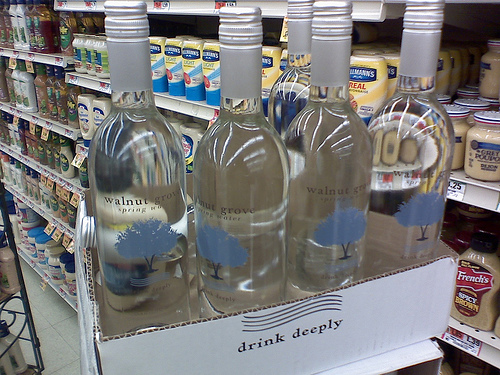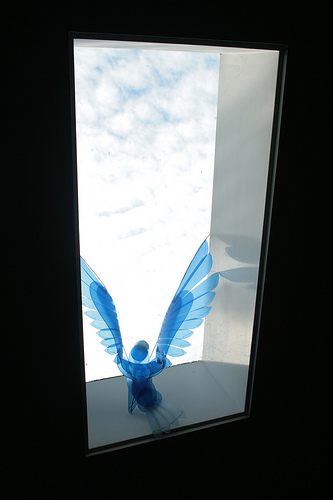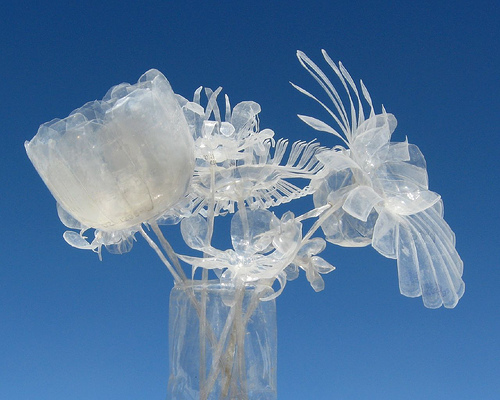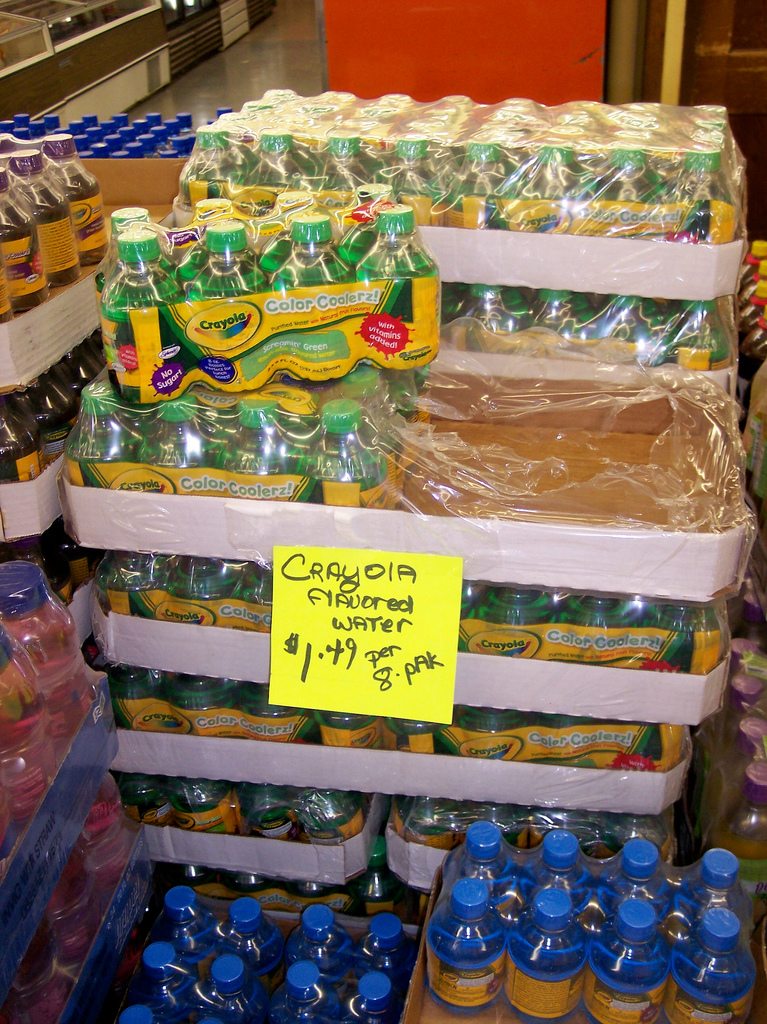
Change water into wine, and you won’t have to change this brand’s packaging. I’ll bet this vino look-alike carries a hefty premium price for this luxe look, right? But wait… according to the company’s website, the recent change to glass containers was a purely green and altruistic decision! It has nothing to do with marketing! They even quote Al Gore on their site before explaining,
walnut grove spring water is likely the LOWEST CARBON FOOTPRINT premium natural spring water available by:
- Using ZERO import carbon or other natural resources due to our DOMESTIC location – walnut grove spring water is bottled at the source in the heart of the US, and travels less than 3,000 miles coast-to-coast. Importation of foreign water from Europe and other exotic destinations travel up to 7,000 miles just to reach US ports, using countless amounts of transportation energy and natural resources
- Utilizing a supply-chain containing100% North American Suppliers & encompassing less than 3,000 miles for all inbound raw materials
- Packaging our single-serve premium natural spring water exclusively in 100% recyclable/consumer reusable glass bottles made with 25% recycled glass.
- Utilizing local staff, management, materials, services, and vendors whenever possible
- Taking steps to further reduce or eliminate raw material use such as: cradle-to-grave cardboard shipping container reuse, utilize applied labeling (eliminating paper or plastic label stock), and recycle or reuse all possible raw materials
Travels less than 3000 miles? How completely idiotic is that ‘green’ claim, given that it’s generally not more than 30 steps to the nearest tap. We are weary of you, ridiculous green marketers. Tired, tired, tired. Pretty bottle, though, we’ll give you credit for that. Fab photo by Techfun on Flickr.







